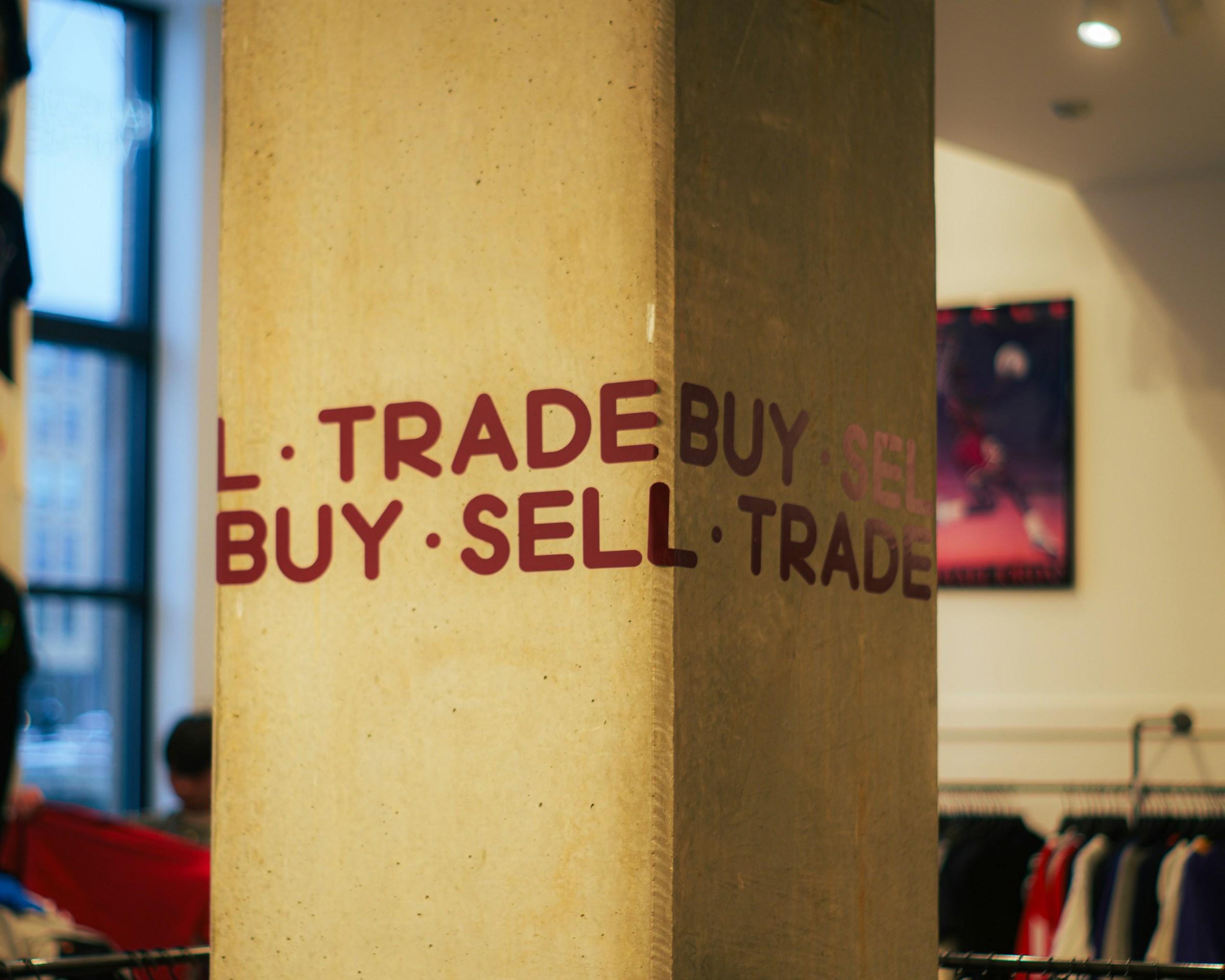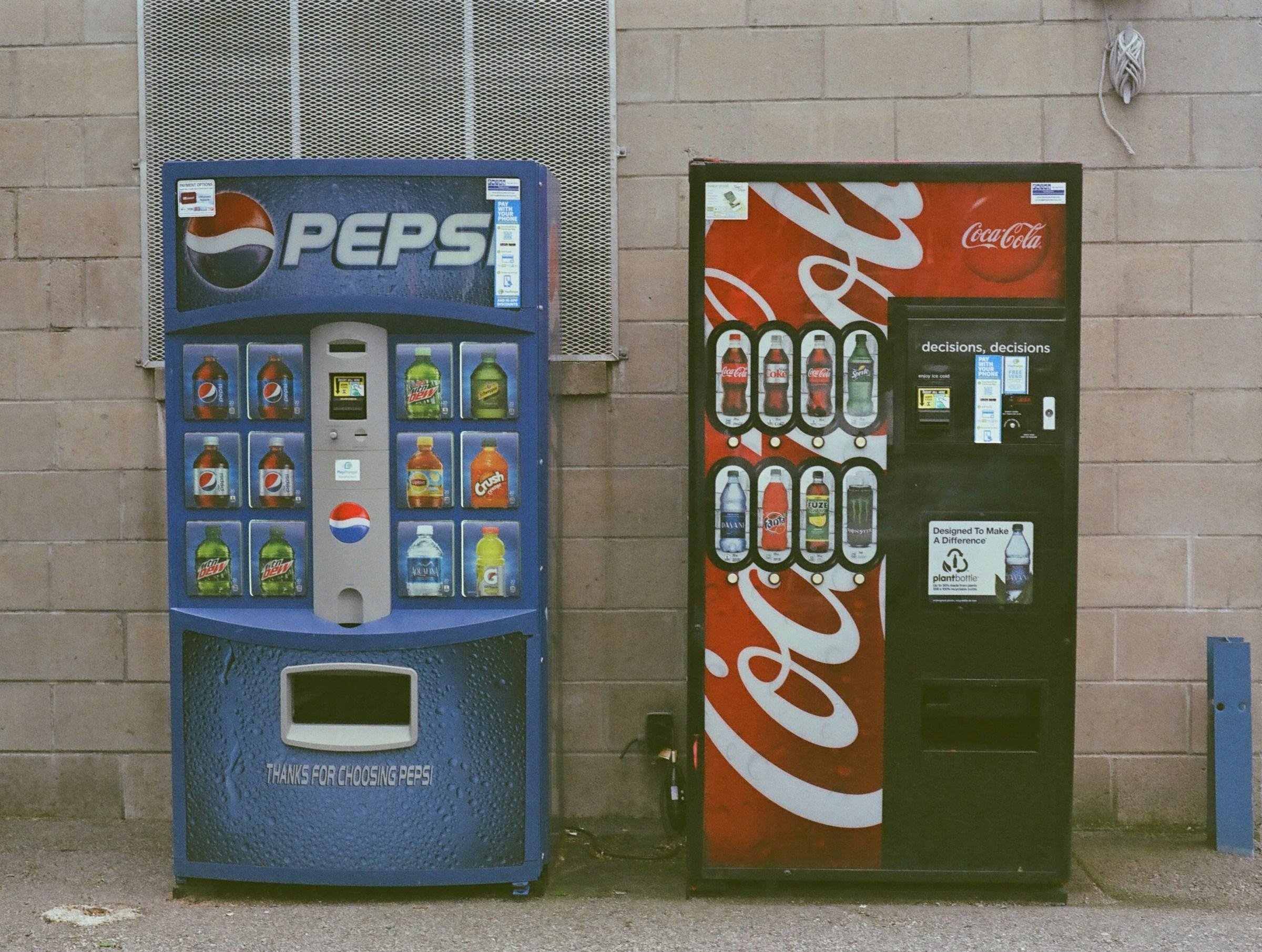Recruiting did not simply acquire a new channel when social platforms arrived. The practice changed its center of gravity. A classic funnel once began at a careers page and ended in a conference room. Today the funnel lives in public feeds where speed, authenticity, and network effects sort credible operators from everyone else. Teams that understand this dynamic shorten time to hire, protect cost, and improve fit. Teams that still treat platforms as noticeboards pay more for weaker results.
The first change is the move from transactions to audience building. Candidates behave like consumers and creators. They follow engineering managers who share real build notes. They lurk in niche communities to watch how practitioners discuss tradeoffs. They assess a company by the tone of comments under a launch, not by a tagline on a banner. What looks like employer brand is really public behavior that compounds. A hiring manager who posts a short thread on a fraud model will surface replies from risk analysts within hours. That is not a campaign. It is a live shortlist forming in view of everyone who matters.
Speed is the second change. Social reach collapses time to awareness. Many technical candidates never visit a careers page. They respond to a thoughtful comment under a GitHub discussion or a concise recap of a talk. In markets where relocation and paperwork can slow decisions, fast follow up on the most familiar channels can be the difference between momentum and drift. None of this is a trick. It is a recognition that attention starts on the platforms where people already spend their time. If a company routes every touch through a recruiter, it introduces delay and distance. If it equips hiring managers to show their work in public, it reduces friction and lets candidates judge the work at source.
Noise on large platforms pushes the real work into smaller rooms. Micro communities inside Slack, Discord, Telegram, and private forums hold the most durable trust. Designers critique live files and share prompts. Security engineers compare red team techniques and reference new controls. Energy analysts unpack regulatory updates and data quirks. These rooms do not respond to generic ads. They respond to useful contributions and timely follow through. Smart teams assign ownership of a small set of rooms, treat those rooms as relationship assets, and accept that value accrues through steady participation rather than a single splash.
There is a cost model underneath the social surface. Distribution looks free, but quality participation is labor. It takes time to post credible artifacts, to answer questions, and to maintain a consistent tone across a team. When generalist recruiters stretch across too many roles, the signal drops and the presence feels thin. A better model pairs recruiters with subject matter leaders who will speak in their own voice and show tangible work. Some companies now invest in lightweight in house content support for talent. The goal is not viral reach. The goal is a repeatable cadence that keeps the right circles warm so that a direct conversation begins when a candidate is ready.
Social engagement also creates directional data. It will not replace structured tracking, but it will reveal where a message lands and where it fails. A senior engineer’s explainer that triggers detailed questions from peers is a better indicator of talent density than a blast of cold messages. A live Q and A with high early interest and rapid falloff tells you that the role narrative is misaligned or that compensation and scope are unclear. Recruiters who read these weak signals adjust the brief and the outreach. Teams that chase vanity metrics collect followers and impressions while conversion stalls.
Governance changes with this approach because the hiring brand now rides on personal feeds. This is powerful and risky. A careless post about workload expectations can chill a pipeline. A calm reply during a public incident can reinforce trust. Mature teams provide guardrails, not scripts, and a clear escalation path when topics turn sensitive. The objective is not to sanitize everything. It is to keep tone consistent with the employment value proposition while allowing operators to sound like themselves. When leaders speak with specificity about problems, decisions, and constraints, the channel strengthens. When posts feel managed and hollow, the channel decays.
Pay transparency and flexibility policies complicate messaging but improve alignment. Candidates compare numbers and work patterns in the comments. If bands are opaque or flexibility sounds performative, the gap will surface. That pressure is useful. It forces teams to reconcile the internal story with the external promise before outreach. The strongest messages describe the actual work. They name the stack, the decision cadence, the customer problems, and the first ninety days. Vague promises do not convert because people can now benchmark reality in real time.
Not every platform plays the same role. LinkedIn is still the wide boulevard for professional discovery, especially when hiring managers engage directly and show evidence of craft. Visual platforms can work for roles with a strong human or product story. Short form video can help frontline and service roles by showing training, housing, or progression with more clarity than a paragraph can offer. Portfolio platforms remain high signal because they anchor claims in work. Niche chat communities deepen trust once a relationship begins. The point is to choose channel and format by role rather than to scatter across everything at once.
Measurement must reflect recruiting goals rather than marketing optics. Follower counts and impressions are weak guides. More relevant questions include the rate of high intent replies to a hiring manager’s post within the first day, the number of qualified conversations sparked per week by a single thread or video, and the acceptance rate when the first touch was a public technical post rather than a cold message. When those measures improve, cost per hire stabilizes and time to hire shrinks. When they stagnate, the narrative, the compensation, or the role design likely needs work.
Geography and norms change how social recruiting feels, but the core mechanics hold. In markets with cautious mid senior talent, social becomes a credibility filter. People watch how leaders communicate under stress and how teams describe failure. In relocation heavy markets, social compresses friction by answering practical questions about visas, schooling, or housing early. In regions with stronger privacy norms, smaller professional communities carry more weight and public posting is more restrained. That pattern demands heavier craftsmanship in outreach and greater reliance on trusted curators who can vouch for both sides.
The candidate empowerment effect is real and positive for employers who prefer clear fits. Candidates can benchmark culture quickly. They can see how teams handle feedback, releases, and policy debates. If a company is inconsistent in public, the market learns fast. The durable response is to align operations with the story. If mentoring is a promise, show the structure. If autonomy is a promise, explain decision rights and the real constraints. Precision earns trust. Performance erodes it.
Capability is the final piece. Many firms still brief an agency and hope for a pipeline. That model outsources credibility and underperforms. Social recruiting sits closer to sales engineering than to brand marketing. Operators speak in their own voice. Recruiters facilitate and qualify. Communications manages risk and coherence without flattening tone. The cadence is weekly and tied to real work. The craft is repetition with clarity. Over time, this structure creates a public trail of proof that lowers uncertainty for the people you want to hire.
Social media has emerged as a force in recruiting because it attaches hiring to where attention and trust already live. It rewards clarity, speed, and honest demonstration of craft. It exposes weak narratives and incoherent promises. It magnifies the reach of operators who share the work and follow through. The companies that treat social as a living part of the hiring system, rather than a campaign, continue to move faster with better fits. They do not need louder slogans. They need consistent evidence, visible in public, that the work is real and the team is serious.





.jpg&w=3840&q=75)









